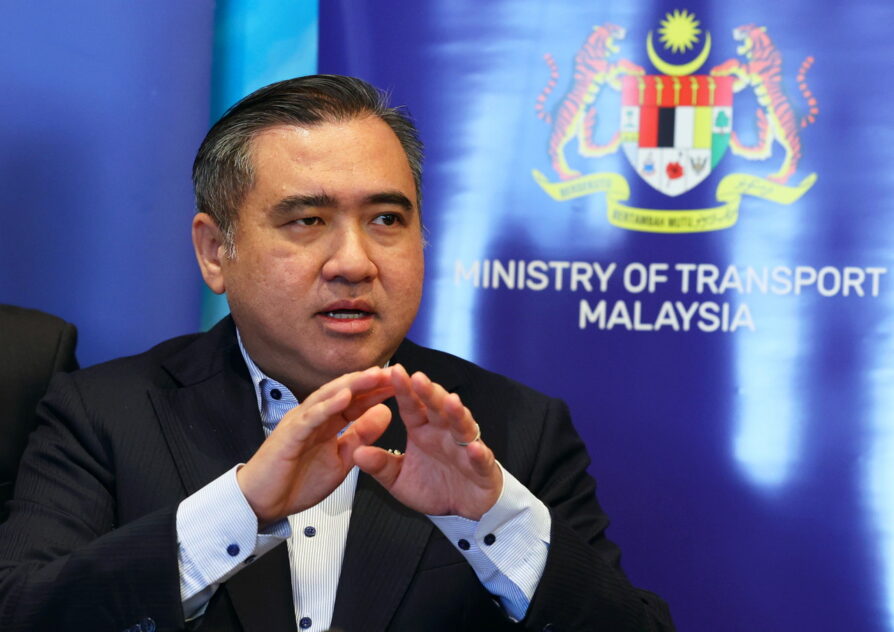By Capt. Kamil
IN 1992, a MAS Boeing 747 flight bound for London was cruising along across the Bay of Bengal when it received a distress long range radio call from Kuala Lumpur Air Traffic Control Centre.
The message was terse and clear, they had received a call and the caller was saying “there is bomb on the flight.”
This is an account of that incident and how it was dealt with, rightfully or wrongly.
In the 1980’s and early 1990’s, receiving bomb threat calls were very common.
Even these days, we still do occasionally get calls of there being a bomb in a building which would subsequently be evacuated, the bomb squad called, building searched… only nothing to be found.
Similar scenario can happen anywhere, and generally same action would be taken with same result.
Airlines are not spared. Each time a “bomb threat” called was received, the flight would be discontinued, the passengers would be disembarked, aircraft searched, nothing found and flight released.
Then the “big” one happened in 1992.
Solely basing on the information given by the Air Traffic Controller that “there is a bomb on the flight to London”, the captain made a U-turn and flew the aircraft back to Kuala Lumpur.
Because the aircraft was still heavy for the landing, the excess fuel was jettisoned along the way back.
What the captain subsequently did:
After landing, he stopped the aircraft on the runway.
- Immediately upon coming to a complete stop, without any prior warning to the cabin crew, he ordered the emergency evacuation of the passengers. He caught everybody by surprise.
- The doors were opened and the passengers were hastily directed to slide down the chutes without their hand carried items, onto to the concrete.
- Luckily it was in the early hours of the morning. There were no other aircraft movement.
- The Airport Emergency Services were already waiting for them.
- It was a real show, with the fire egines, beacon lights flashing surrounding the aircraft.
- The passengers were then bussed to the terminal. Fortunately, nobody suffered any injuries.
- The bomb squad team with the help of the engineering personnel came in to search the aircraft. As always, no bomb was found. It was a hoax!
- The escape slides were then all repacked and the aircraft towed away to the remote parking bay.
- The passengers were later put on another aircraft for their flight to London, with some still traumatised with the event.
Was it the last of it? No, as we were caught by another surprise.
When the engineers were preparing the aircraft, they found to their shock, that all the engines fire extinguishers had been discharged (by the pilots.)
Yes, the procedure calls for in an emergency evacuation, the fire extinguishers need to be discharged.
But for all intent and purposes, that was not an emergency evacuation.
Neither the aircraft was on fire nor the engines. It was a controlled evacuation.
That was following standard operating procedure (SOP) blindly, without using common sense, logic or good judgement.
The engine fire extinguishers were then replaced.
Anyway, the halfway turn back, the dumping of the fuel and the delay caused a huge loss of money. Now you know why it is difficult for airlines to be profitable.
After the incident, a post-mortem was conducted and we carried out a study on these “bomb threats”
We came across of a research made by a Canadian psychologist who concluded that “nobody would give any warning before committing a crime”.
That really makes sense!
Nobody would tell he would want to steal something, rob a bank or go on a shooting spree.
If at all, he would just do it, and try not to get caught for doing it.
So, would we then believe somebody (anonymous) who calls to say there is a bomb on the aircraft?
In the aviation history, there had been cases of aircraft blowing up in the air.
And in all those cases, there were no prior warning or information or even anybody claiming responsibility later.
So, the psychologist contended that if at all a call is made to inform about there being a bomb on an aircraft or in a building for that matter, it is a hoax.
From there, the Canadian Authority developed a procedure and adopted by the airlines in the nation to handle these “threats” by using “positive target identification”.
It is simply this. The caller must provide detailed information such as particulars in terms of target, Flight Number, aircraft, destination, time, motive, place, specific name…and so on, before we take the call seriously.
Obviously not just one liners.
“There’s a bomb on the flight to London”
If there are three flights to London that day, which flight are we going to search? NOT ALL THREE.
In any case, if indeed a bomb has been planted on the aircraft …. So?
We would not know when it will explode, if at all. If we know, pray that it will not explode till the aircraft is safely on the ground.
Since then, we adopted this procedure of handling threat calls by positive target identification.
Following that, our services do not experience anymore disruptions due to the crank calls.
Indeed, they were all crank calls.
So, just something to ponder:
“If somebody gives an anonymous warning, don’t take it seriously”
But if a friend were to give an advice, pay serious heed to it.”
Notwithstanding the above, post Sept 11, Aviation Security is very tight. Everything and everybody have to go through x-ray screening or security checks.
It has become so absurd that we (means not only passengers but also crew) cannot bring even a bottle of mineral water onto the aircraft. – Dec 19, 2020
Capt Kamil Abu Bakar is the former director of flight operations, Malaysia Airlines System and senior vice president Malaysia Airlines Academy
The views expressed are solely of the author and do not necessarily reflect those of Focus Malaysia.









